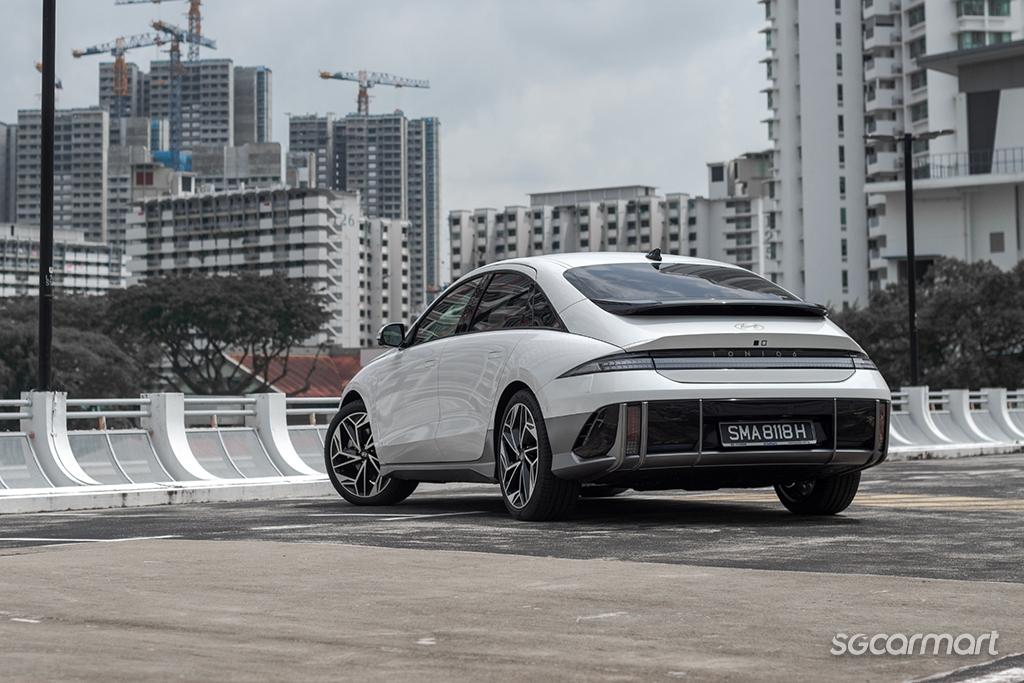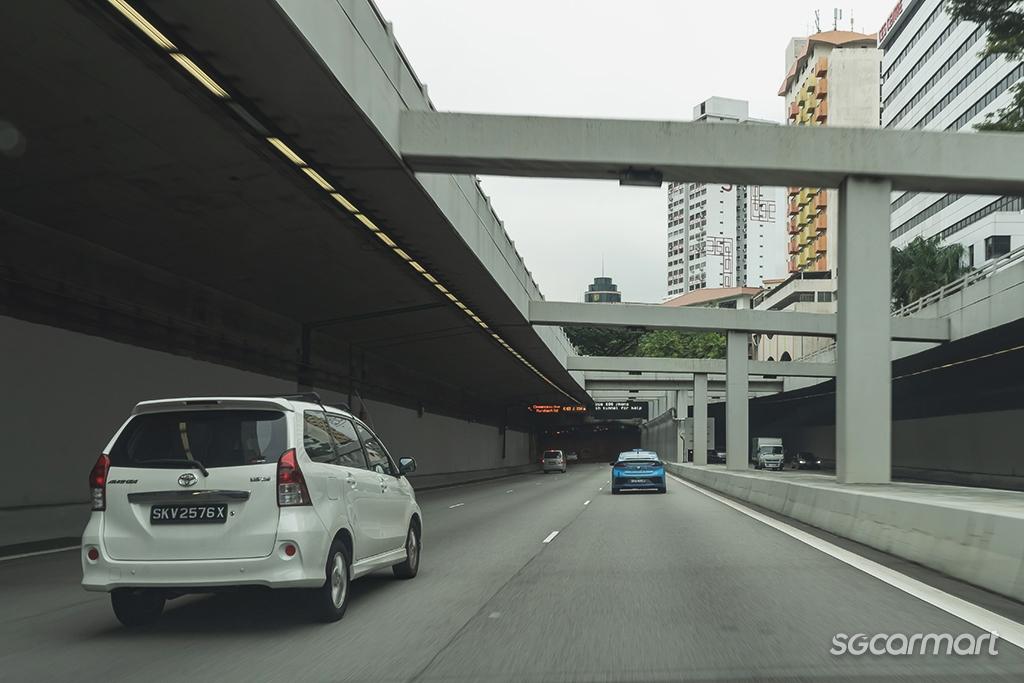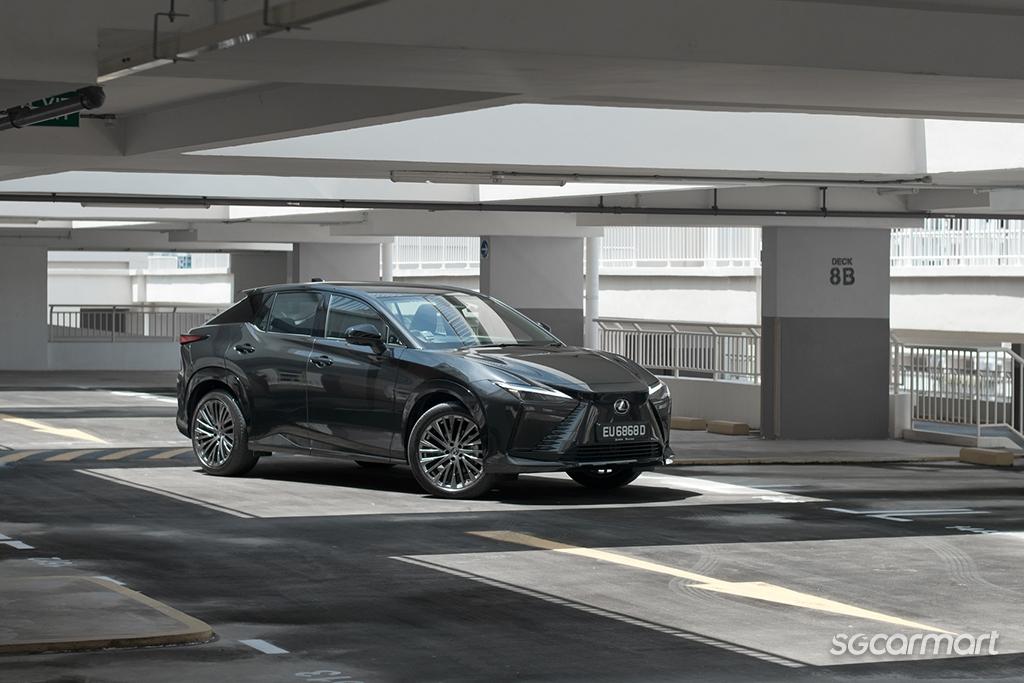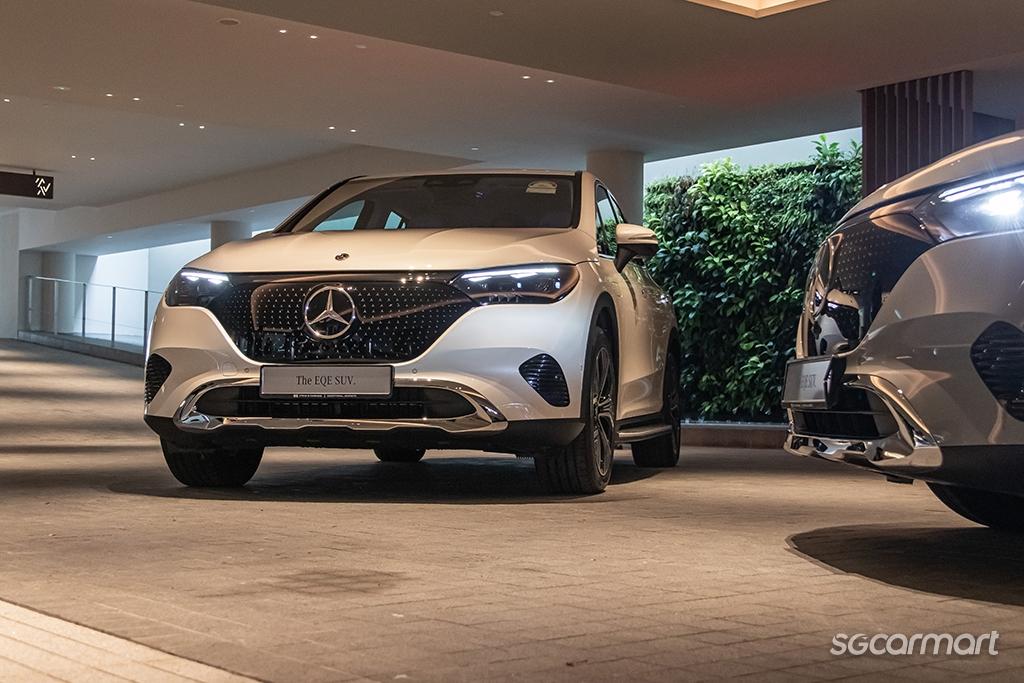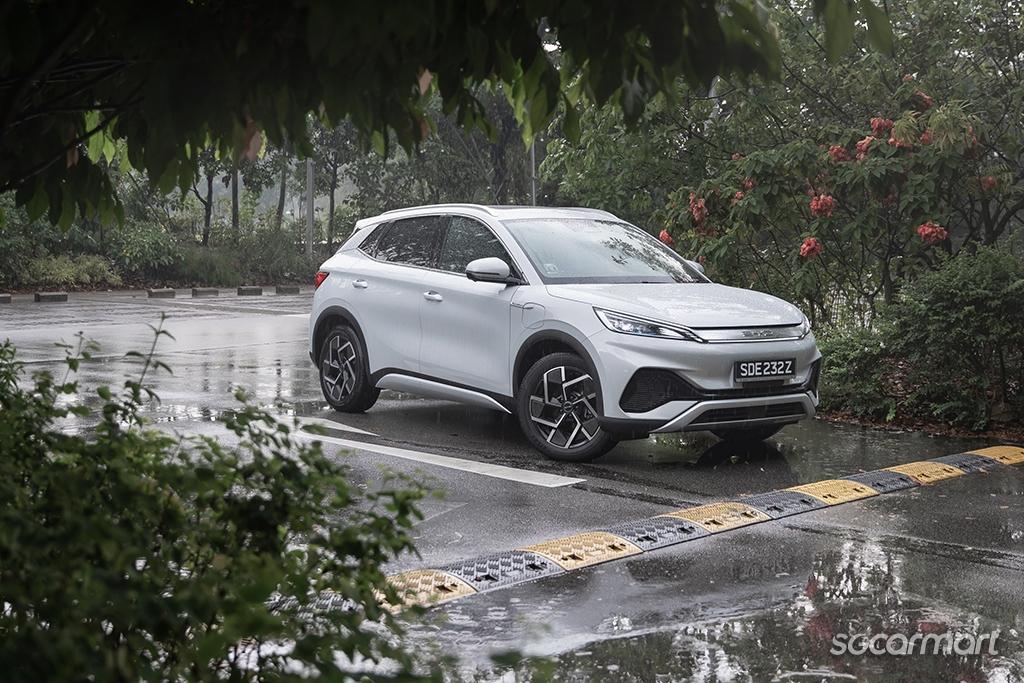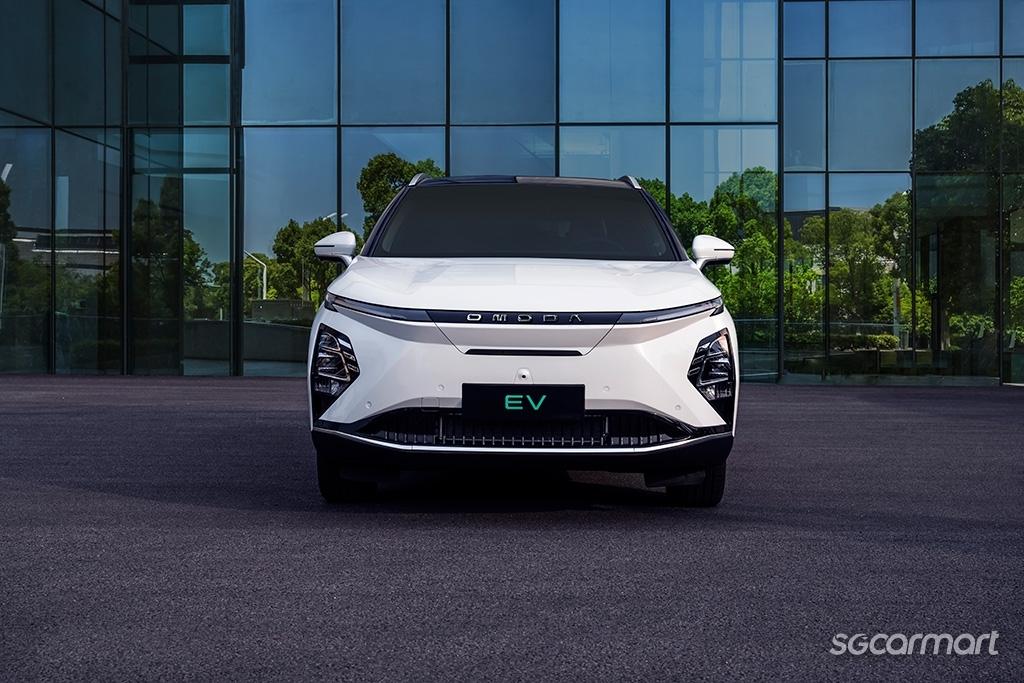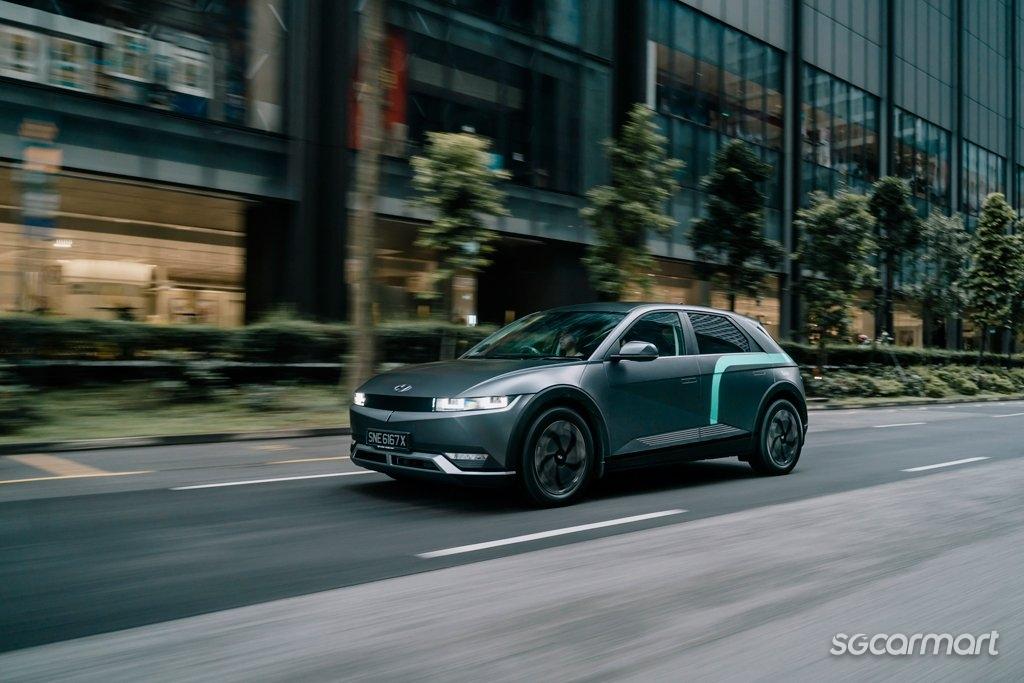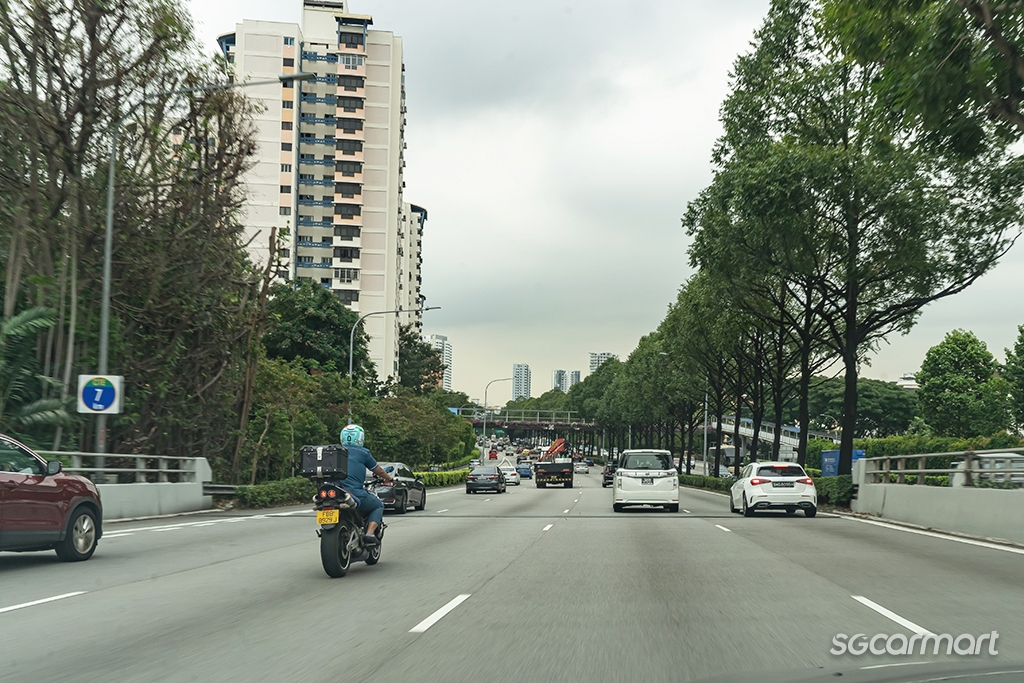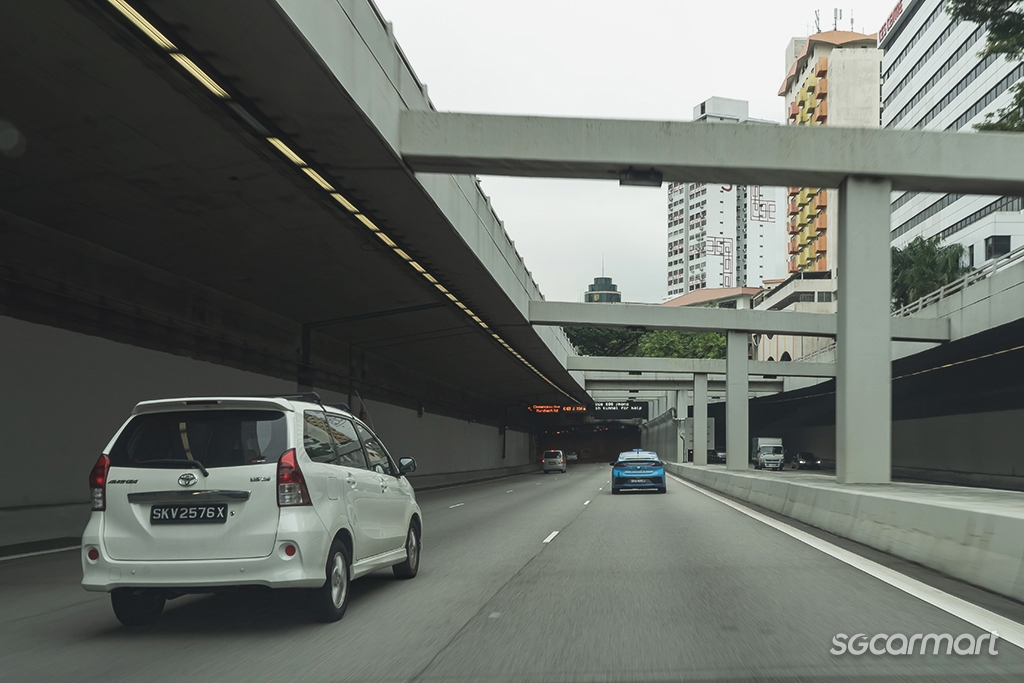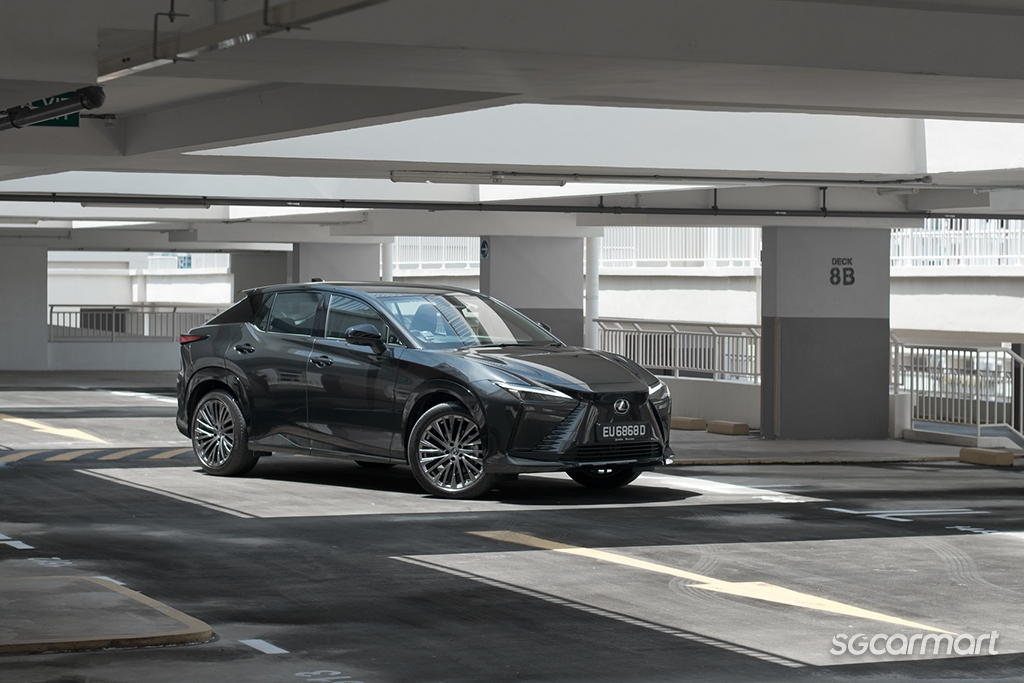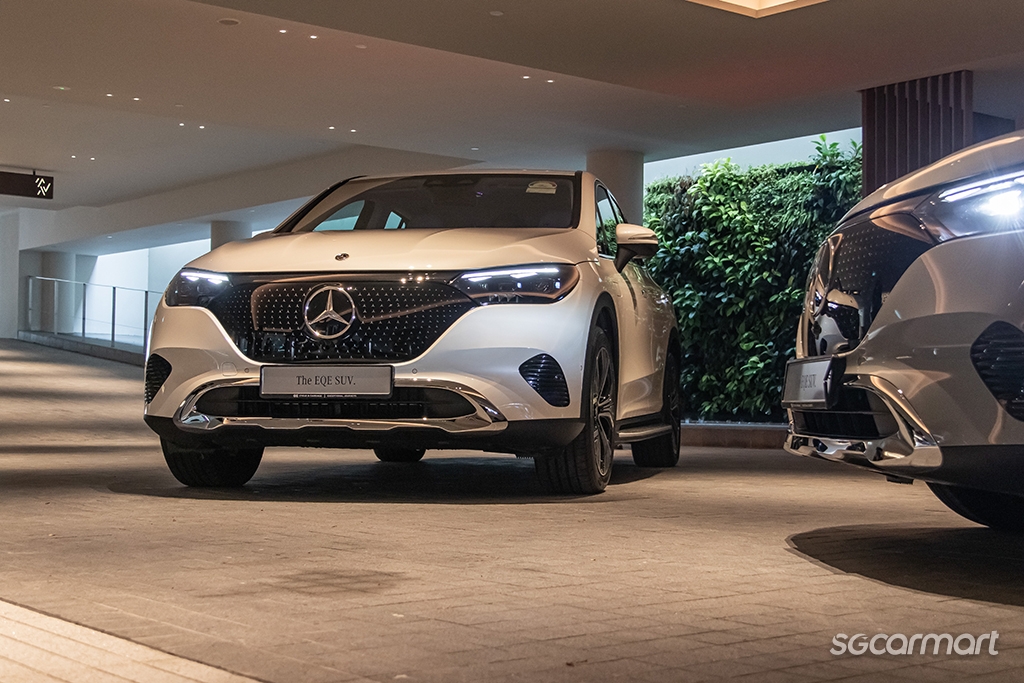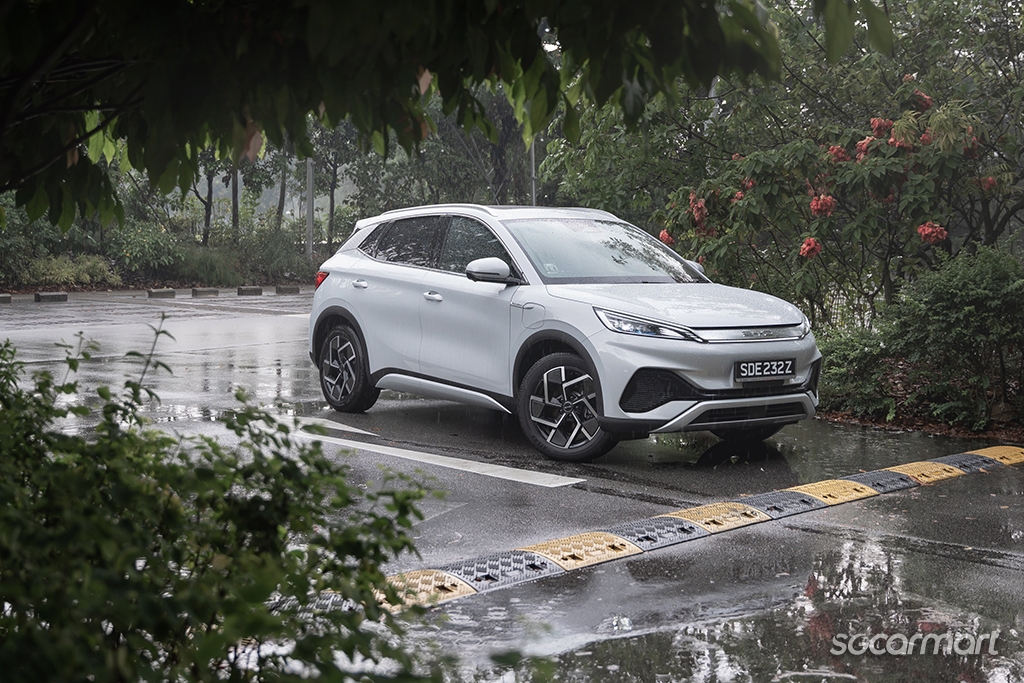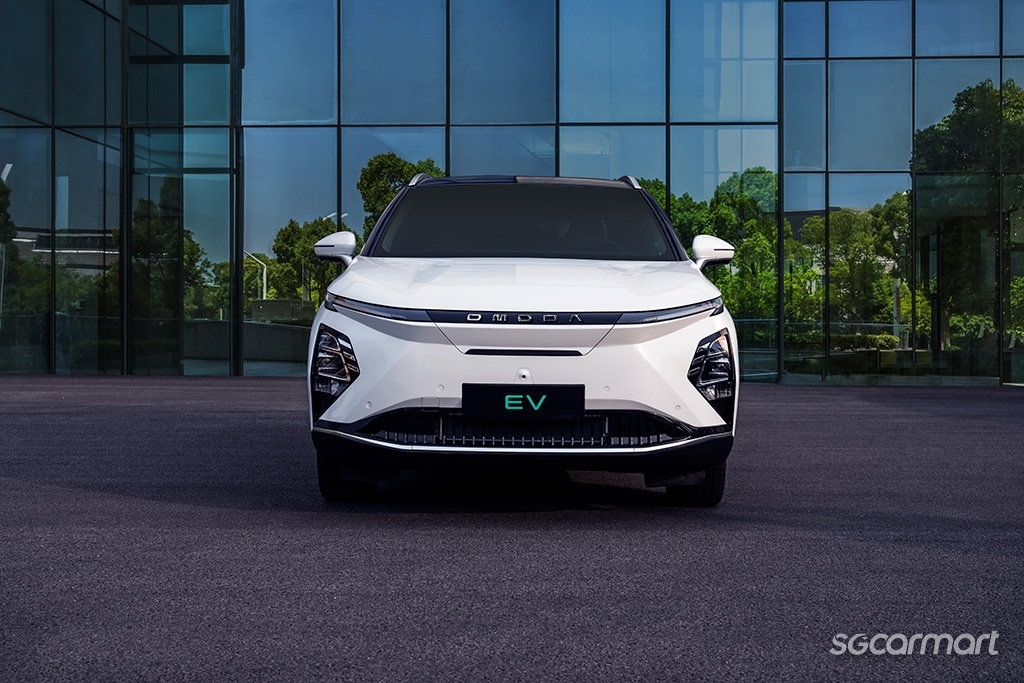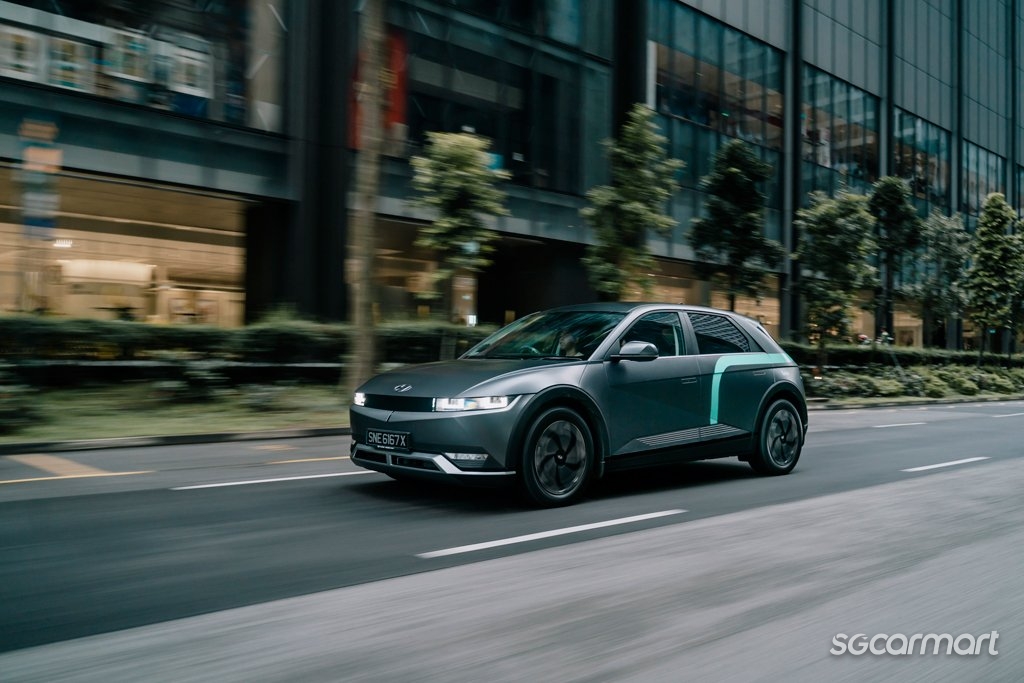5 trends to look out for in 2024
06 Jan 2024|13,036 views
As we enter 2024, there are some things that are patently obvious: 9% GST, more daily storms, and the fact that we will write dates wrongly for at least the next three weeks.
When we look at the automotive industry, however, far fewer things are cast in stone. Here are five trends here in Singapore that we going to keeping our eyes on, and you should too!
Where will COE prices go? It's impossible to know with any certainty (especially considering the opaque way the 'cut-and-fill' method is being effected), but we are keeping an eye on where prices will 'stabilise'
1. Will COE stabilise?
The big one, of course, is COE. LTA announced and effected the new 'cut-and-fill' approach, but without providing any specific and clear numbers. This means that there is still an inherent amount of uncertainty, which further impedes our ability (and dealers, too) to predict/guesstimate COE availability.
Our guess? Some amount of downward stabilisation away from the drastic highs of 2023 (as clearly witnessed in the most recent bidding exercise), though prices are not going to tumble drastically.
With more options available from manufacturers, EV adoption has grown in 2023, a trend that we fully expect to continue
2. More EVs?
The LTA has yet to release the full year statistics (we will cover that when the numbers are released), but based on the numbers available from Jan through Nov 2023, 17.7% of new cars registered in Singapore were electric. That's a notable jump compared to 2022, when it was just 11.2% of new cars registered. That number will likely grow as we push towards more electrification, bolstered by increasing customer acceptance, growing charging infrastructure and greater product availability from brands. Will the reduction in incentives hamper this growth? Only time will tell…
3. Rise and fall: BYD vs Tesla
When it comes to EVs, 2023 was the year of BYD (here in Singapore, at least). BYD outsold all other EVs by a large margin in 2023, bolstered chiefly by its Cat A Atto 3. Again, we've yet to see the full year figures, but over 11 months, BYD outsold its nearest competitor, Tesla, by almost 58%. Slightly surprisingly, BMW came a very close third, just 24 units behind Tesla.
Will this momentum continue into 2024? From a pricing perspective, it's hard to see why it wouldn't. Although…
4. New entrants
2024 also marks a year with several new entrants to the Singapore market (Seres, Jaecoo & Omoda, to name a couple), a number who are clear BYD competitors. Given how quickly buyers took to BYD, it will be interesting to see if these other Chinese brands can make quick and big inroads as well.
5. How about car-sharing?
Much has been made about the impact of fleet operators on COE prices, whether its private-hire rental companies or car-sharing firms. Whatever our individual opinions, these businesses exist to serve consumer demand.
Will demand continue to grow? That's definitely worth keeping an eye on, and perhaps cast a closer look at car-sharing. As we've previously explored, car-sharing is a practical and viable alternative to car ownership. If demand continues to grow, firms are naturally incentivised to grow their fleets as well. And in our current zero sum game, that has implications on all current and potential new car owners - increased competition for COE will put upward pressure on prices, naturally.
As we enter 2024, there are some things that are patently obvious: 9% GST, more daily storms, and the fact that we will write dates wrongly for at least the next three weeks.
When we look at the automotive industry, however, far fewer things are cast in stone. Here are five trends here in Singapore that we going to keeping our eyes on, and you should too!
Where will COE prices go? It's impossible to know with any certainty (especially considering the opaque way the 'cut-and-fill' method is being effected), but we are keeping an eye on where prices will 'stabilise'
1. Will COE stabilise?
The big one, of course, is COE. LTA announced and effected the new 'cut-and-fill' approach, but without providing any specific and clear numbers. This means that there is still an inherent amount of uncertainty, which further impedes our ability (and dealers, too) to predict/guesstimate COE availability.
Our guess? Some amount of downward stabilisation away from the drastic highs of 2023 (as clearly witnessed in the most recent bidding exercise), though prices are not going to tumble drastically.
With more options available from manufacturers, EV adoption has grown in 2023, a trend that we fully expect to continue
2. More EVs?
The LTA has yet to release the full year statistics (we will cover that when the numbers are released), but based on the numbers available from Jan through Nov 2023, 17.7% of new cars registered in Singapore were electric. That's a notable jump compared to 2022, when it was just 11.2% of new cars registered. That number will likely grow as we push towards more electrification, bolstered by increasing customer acceptance, growing charging infrastructure and greater product availability from brands. Will the reduction in incentives hamper this growth? Only time will tell…
3. Rise and fall: BYD vs Tesla
When it comes to EVs, 2023 was the year of BYD (here in Singapore, at least). BYD outsold all other EVs by a large margin in 2023, bolstered chiefly by its Cat A Atto 3. Again, we've yet to see the full year figures, but over 11 months, BYD outsold its nearest competitor, Tesla, by almost 58%. Slightly surprisingly, BMW came a very close third, just 24 units behind Tesla.
Will this momentum continue into 2024? From a pricing perspective, it's hard to see why it wouldn't. Although…
4. New entrants
2024 also marks a year with several new entrants to the Singapore market (Seres, Jaecoo & Omoda, to name a couple), a number who are clear BYD competitors. Given how quickly buyers took to BYD, it will be interesting to see if these other Chinese brands can make quick and big inroads as well.
5. How about car-sharing?
Much has been made about the impact of fleet operators on COE prices, whether its private-hire rental companies or car-sharing firms. Whatever our individual opinions, these businesses exist to serve consumer demand.
Will demand continue to grow? That's definitely worth keeping an eye on, and perhaps cast a closer look at car-sharing. As we've previously explored, car-sharing is a practical and viable alternative to car ownership. If demand continues to grow, firms are naturally incentivised to grow their fleets as well. And in our current zero sum game, that has implications on all current and potential new car owners - increased competition for COE will put upward pressure on prices, naturally.
Thank You For Your Subscription.
